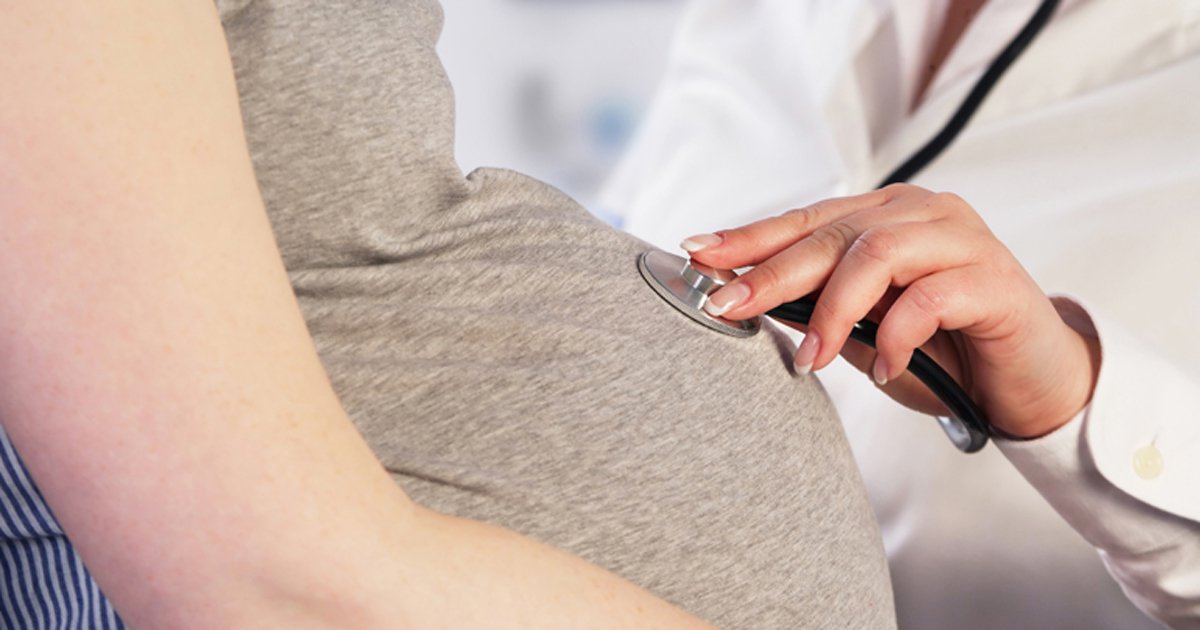Late pregnancy HbA1c levels may influence neonatal hypoglycemia development
Children born to mothers who have type 1 diabetes may be more susceptible to developing neonatal hypoglycemia if their mothers have elevated HbA1c levels and spend less time in range during the later stages of pregnancy, according to findings published in Diabetic Medicine.
“In the short term, neonatal hypoglycemia requires careful monitoring and may require treatment such as intravenous dextrose and/or admission to the neonatal intensive care unit, which incurs substantial health care costs,” Helen R. Murphy, MD, MBBChBAO, FRACP, a clinical professor in medicine at the Norwich Medical School of the University of East Anglia in Norwich, U.K., and colleagues wrote. “This leads to maternal and infant separation, with implications for breastfeeding initiation, and even transient hypoglycemia has been associated with longer term neurodevelopmental impairment into childhood.”
Researchers analyzed data from the CONCEPTT trial, in which 57 mothers with type 1 diabetes (mean age, 30.5 years) gave birth to children with neonatal hypoglycemia and 168 mothers with type 1 diabetes (mean age, 31.7 years) gave birth to children without the condition.
During the first trimester and then again at 24 weeks and 34 weeks, HbA1c was measured with 33 participants also underdoing intrapartum continuous glucose monitoring. HbA1c measures between 3.5 mmol/L and 7.8 mmol/L were considered in range, according to the researchers. Glucose measurements were also collected from the children following birth, and those with a glucose concentration of less than 2.6 mmol/L were considered to have neonatal hypoglycemia, the researchers wrote.
Within the cohort, one-quarter of children born in the study had neonatal hypoglycemia (n = 57). During the second trimester, mothers of these children had a higher average HbA1c level when compared with mothers of children without neonatal hypoglycemia (6.6% vs. 6.2%; P = .0009). In addition, mothers of children with neonatal hypoglycemia spent 46% of the time in target range during the second trimester while mothers of children without the condition spent 53% of the time in range (P = .004).

In the third trimester, mothers of children with neonatal hypoglycemia had higher average HbA1c levels when compared with mothers of children without the condition (6.7% vs. 6.3%; P = .001), and spent less time in range (60% vs. 66%; P = .03), according to researchers.
The researcher further noted that when using intrapartum CGM, mothers of children with neonatal hypoglycemia similarly spent less time in range (76%) compared with mothers of children without the condition (82%), but this finding did not reach significance.
Skinfold thickness was greater for children with neonatal hypoglycemia at the triceps (P = .004), biceps (P = .005), subscapular (P = .02) and flank (P = .02) compared with children without the condition. The average measure of cord blood C-peptide, which was used to identify fetal hyperinsulinemia, was higher for children with neonatal hypoglycemia (1,416 pmol/L) compared with children without the condition (662 pmol/l; P < .00001). The researchers also found an association between being extremely large for gestational age and the development of neonatal hypoglycemia (OR = 6.2; 95% CI, 1.8-21). A similar association was found with HbA1c in the third trimester (OR = 3.5; 95% CI, 1.4-9), but the researchers noted that both associations only held for children born at term.
“It is clear that antepartum glycemic control in the second and third trimesters is potentially modifiable and that even modest improvements are associated with a decreased risk of neonatal hypoglycemia,” the researchers wrote. “Efforts should be focused on helping more women with type 1 diabetes to improve glycemic control throughout pregnancy so that the consequences of preterm birth and neonatal adiposity can be minimized.” – by Phil Neuffer
Disclosures: Murphy reports she is a member of the Medtronic European scientific advisory board. Please see the study for all other authors’ relevant financial disclosures.
